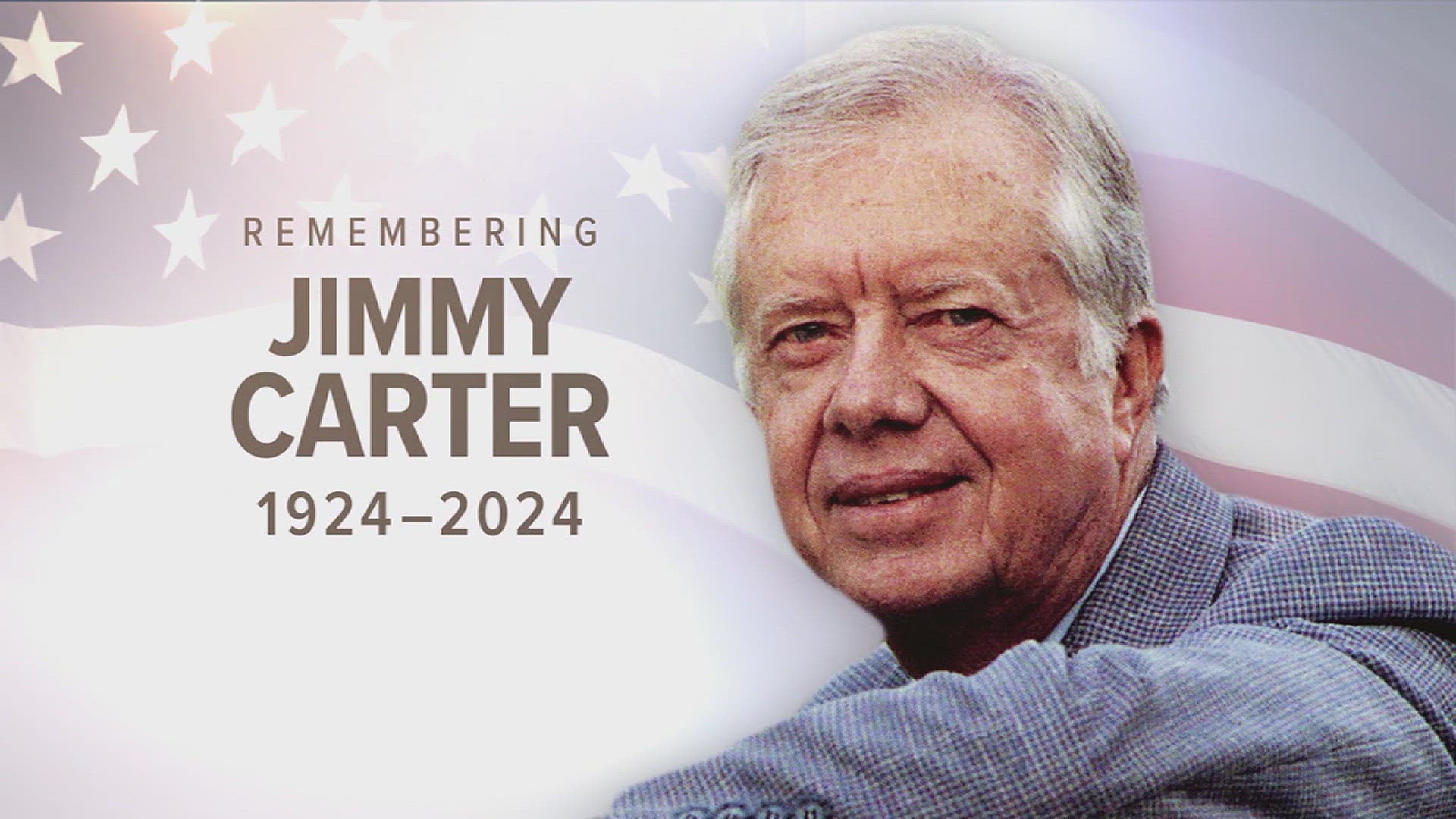(Akiit.com) “I never thought I’d live to see the day.”
How often have you heard that expression in the aftermath of Barack Obama’s victory in Tuesday’s presidential election? And I think it’s safe to say it was uttered as often in the Stamford area as it was in Biloxi, Miss. or Birmingham, Ala.
In my own case, as I said to my wife the morning after the election, “I’ve never been so proud to an American.” And that includes a period of time when, as a boy, I was thrilled by the Allied victory over Germany and Japan in World War II and later by my own two years of service in the U.S. Navy.
Even after Martin Luther King’s ascendance and magnificent “I Have A Dream Speech” in 1965, nowhere in the country did anyone think it possible that even 40 years after Dr. King’s assassination a black man would be elected president. As a reporter for ABC News and later CBS News, I got to know Dr. King quite well, and never, while covering many of his talks, did I ever hear him predict that some- day America would have a black president.
Growing up in Stamford in the 1940s and ’50s, I remember a city where, as I recall, there were no black teachers, only a few black policemen, no black firemen and few if any blacks on city boards or holding any high-level positions in city government or in the private sector. Moreover, most Stamford High School sports teams were all-white (as were almost all of the students), including basketball teams I played on. Indeed, almost all sports teams from Little
League on up to men’s baseball leagues were all-white.
True, that hardly made Stamford unique in the Northeast. But even after Jackie Robinson breached baseball’s color barrier in 1947, young black men who wanted to play baseball in Stamford had to do so with an all-black team called the Stamford Royal Giants, which I remember watching play against other all-black teams at the old Yale & Towne field on Canal and Market streets. On that same field, and later at Mitchell Field, a closed-in ball park across from Cummings Park, I recall as a boy watching in awe as legendary teams from the old Negro Leagues played, and destroyed, all-white Stamford baseball teams. Some of those players, like Larry Doby and Monte Irvin, eventually made it to the big leagues and also into the Baseball Hall of Fame.
That was the way it was, and, whether you were a boy or an adult, you accepted it. Blacks – Negroes, as they were called at the time – were somehow perceived to be different than the rest of the population, meaning whites. Even though I had several black friends in high school – who were good athletes but didn’t bother going out for sports teams because they knew they were unlikely to play – I also accepted that double standard that existed in my hometown. Indeed, I didn’t get to play on a team with blacks until I got to Syracuse University, and, at that, there was only one black player on our freshman basketball team. That was around the time that the great Jimmy Brown was becoming a star running back at Syracuse.
All that, of course, has changed in Stamford, except for one thing – housing. Much like it is today, most blacks in Stamford in the ’40s, ’50s and ’60s lived in sections of town that were predominantly black, such as South Pacific Street and part of the West Side.
Andy Robustelli, who went on to become a Hall of Fame defensive end with both the Los Angeles Rams and New York Giants, recalls how, into his teens, his family shared a six-family tenement on Spruce Street in the predominantly Italian West Side with five black families. “And we all got along fine,” said Robustelli, who may not have had any blacks on his teams at Stamford High in the 1940s but played with black kids in his neighborhood while growing up.
Was it wrong to accept such de facto segregation, not only in housing, but in sports and almost every other aspect of life in the Stamford area?
Probably. But that’s the way it was, not only in Stamford but in most of the United States. And of course it was even worse in the South.
In my estimation, Barack Obama owes so much to Martin Luther King Jr., far and away the most influential and inspirational person I’ve ever known, and who, were he still alive, would no doubt be extremely proud of both Obama and the millions of Americans who voted for him in this country’s most historic presidential election.
In the glorious aftermath of Tuesday’s election, even Doctor King, like so many of us, may well have said, “I never thought I’d live to see the day.”
Too bad he never did.
Written By Jack Cavanaugh









Leave a Reply